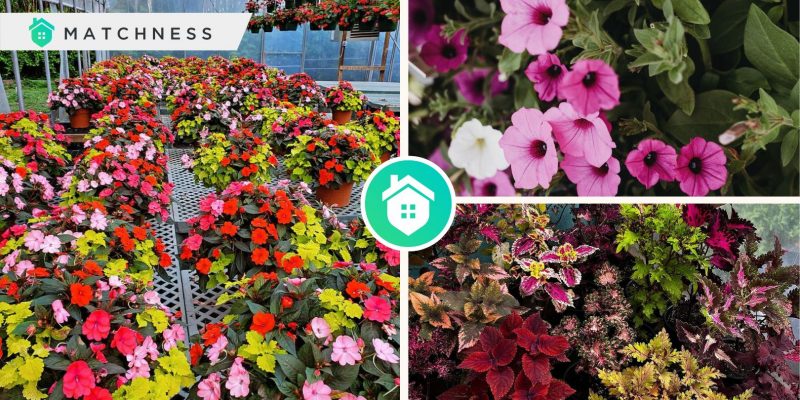Gardening enthusiasts understand the magic of annual blooms. These plants complete their life cycle in one growing season, offering vibrant color and variety to gardens. Whether you’re a seasoned gardener or a novice, incorporating annuals can transform your garden into a lively, colorful retreat.

Annuals are plants that germinate, flower, set seed, and die all within one year. Unlike perennials, which return year after year, annuals need to be replanted each season. However, their intense blooming period and diverse color palette make them a favorite among gardeners.
Here’s how to plan, plant, and maintain a garden filled with annual blooms.
Planning Your Garden
Before planting, consider your garden’s layout, climate, and soil conditions. Here are some steps to guide you:
1. Assess Your Space
Determine how much sun your garden receives. Some annuals thrive in full sun, while others prefer partial shade. Then, test your soil’s pH and nutrient levels. Most annuals prefer well-drained soil with a pH between 6.0 and 7.0.
2. Choose Your Annuals
a. Sun-Loving Annuals

Marigold is an interesting flower because it has beauty and function. The beauty comes from its varied colors and even some of them have patterns. Then, the most interesting thing is that it has a special scent that can drive away pests. Marigolds from @jahnavibarua
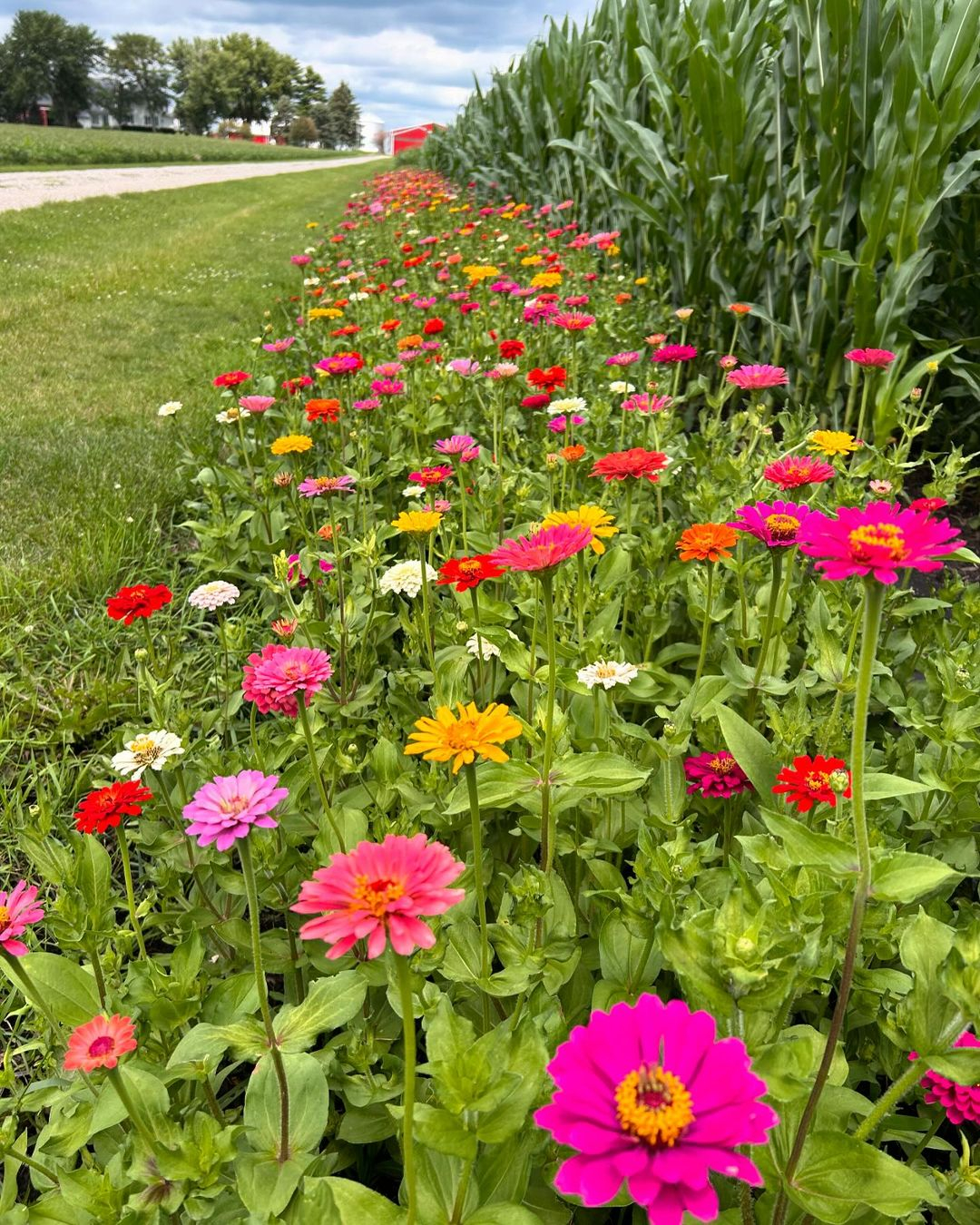
Zinnias can invite the butterflies to come. That is why it will be great to have it in your garden. The colors are varied and it blooms like a sunflower. Zinnias from @koenigfarms
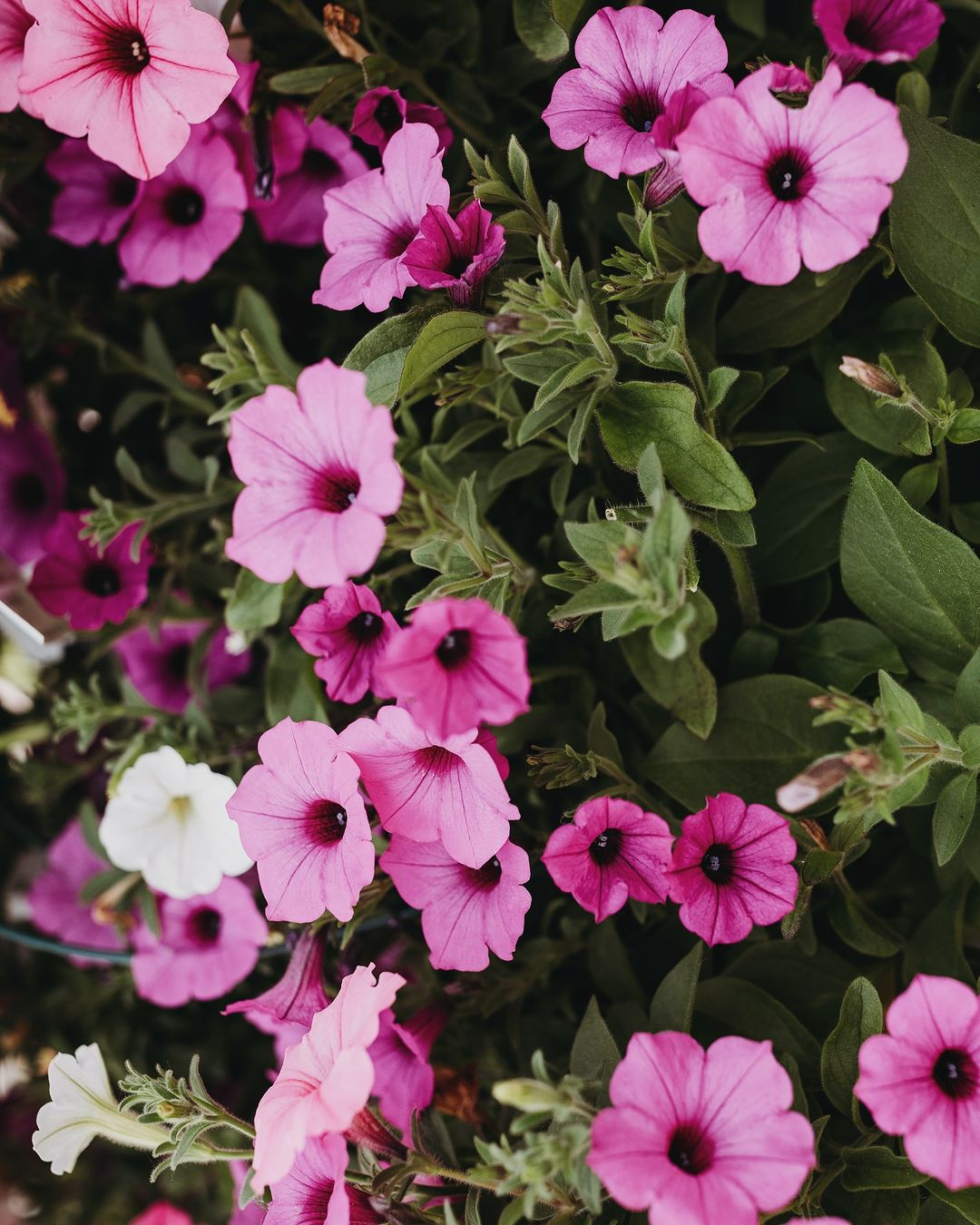
Petunia is an interesting plant. It comes in a variety of colors, sizes, and growth habits. It blooms beautifully all through the summer into the fall. Petunias from @devittsnursery
b. Shade-Tolerant Annuals
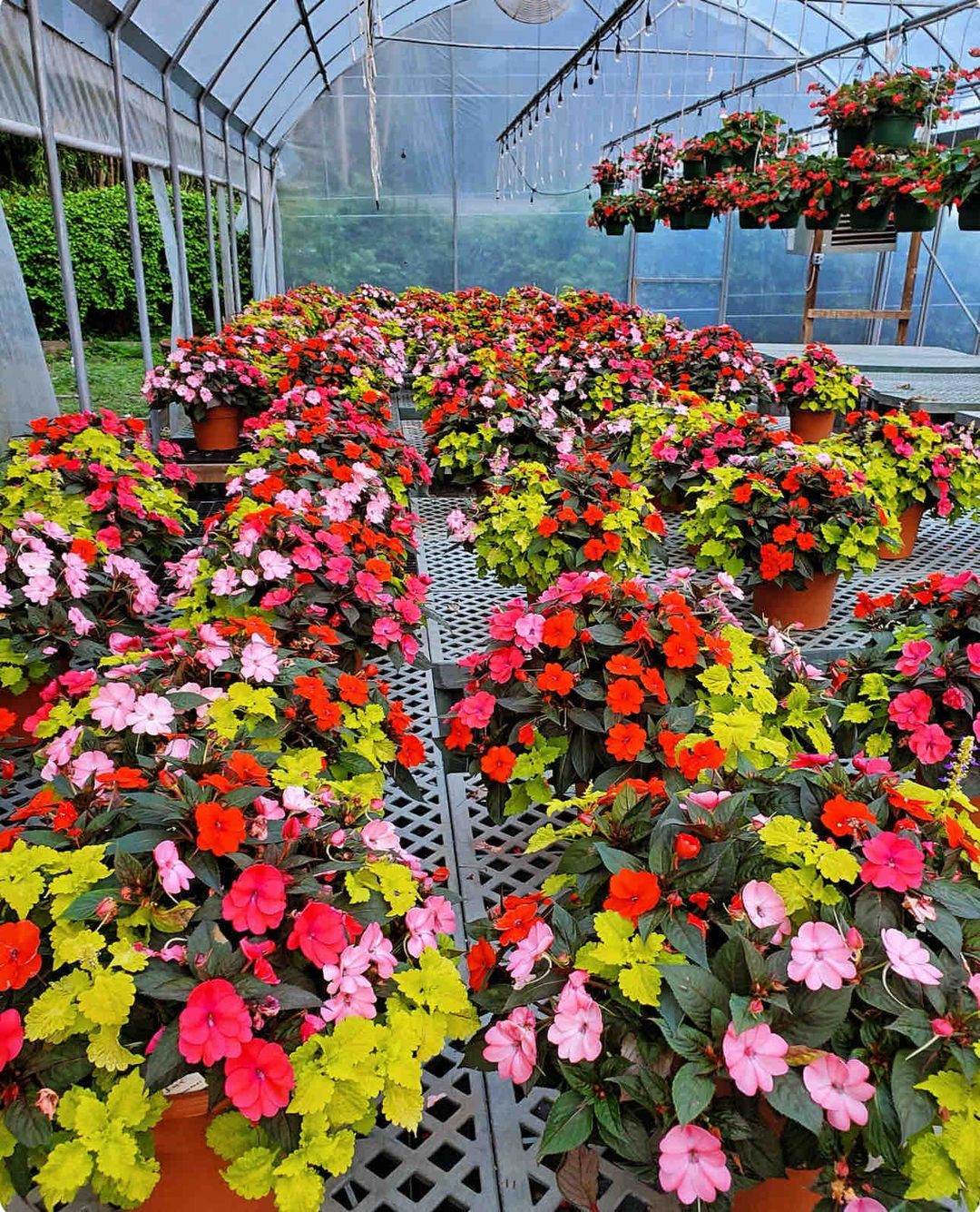
It is a kind of short plant with bright blooms to beautify your garden. It will be eye-catching and stand out to give color to your garden. You can grow the impatiens in pots or hang them in your pergola. Impatiens from @plantopianlr
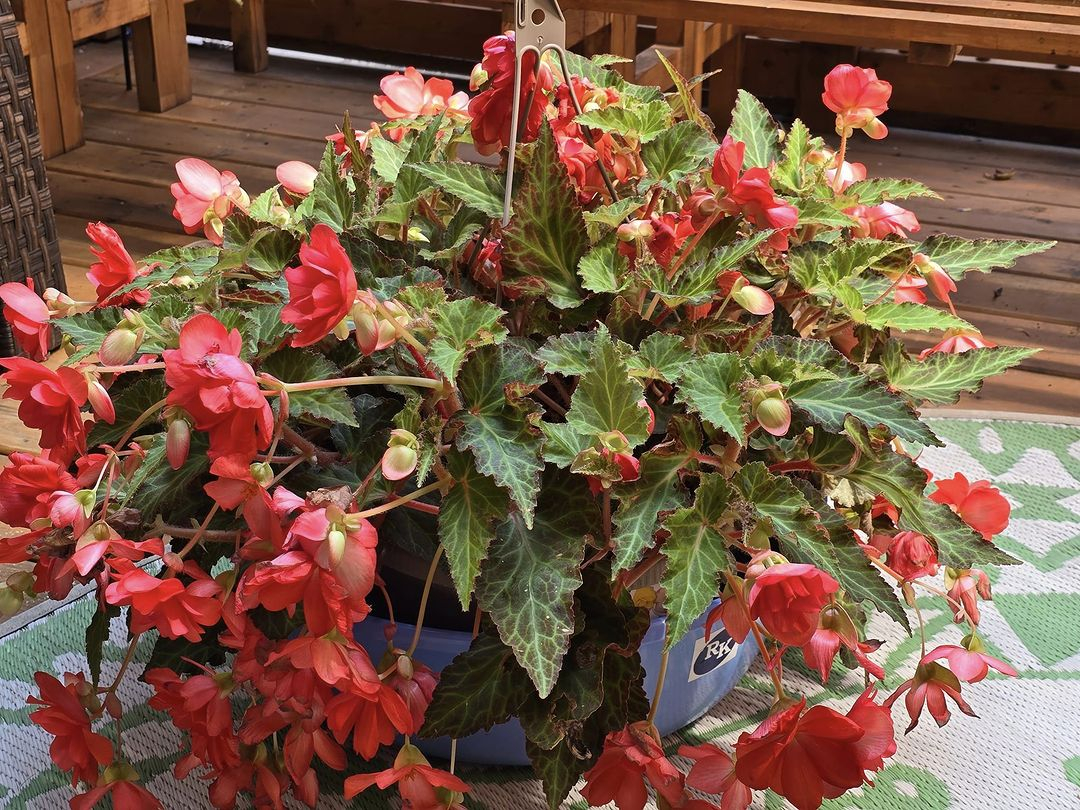
Begonia is known for its foliage which become the main character of this plant. However, it still has flowers to bloom beautifully. The foliage and flower are such a great combination of this plant. Begonias from @hina_sumrani
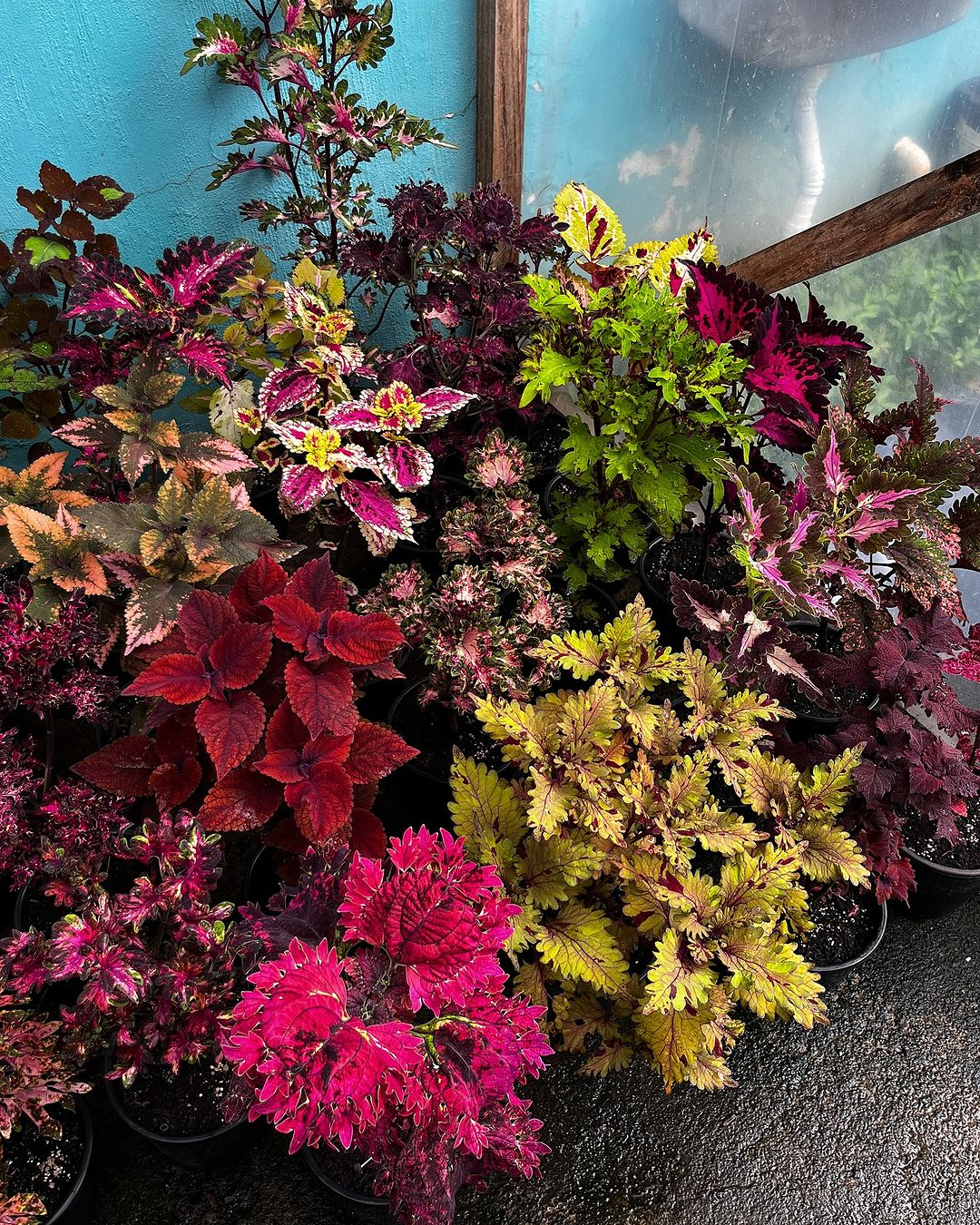
The coleus doesn’t have flowers but it is great with only the foliage. Look at the different types of coleus that we have here. Not only the colors and patterns., coleus also has curly foliage which is really aesthetic. Coleus from @coleus_riograndedosul_pf
c. Mix and Match
It is important to choose the annuals that can be arranged well based on the design that you want. In this case, you can combine different heights, colors, and textures for visual interest.
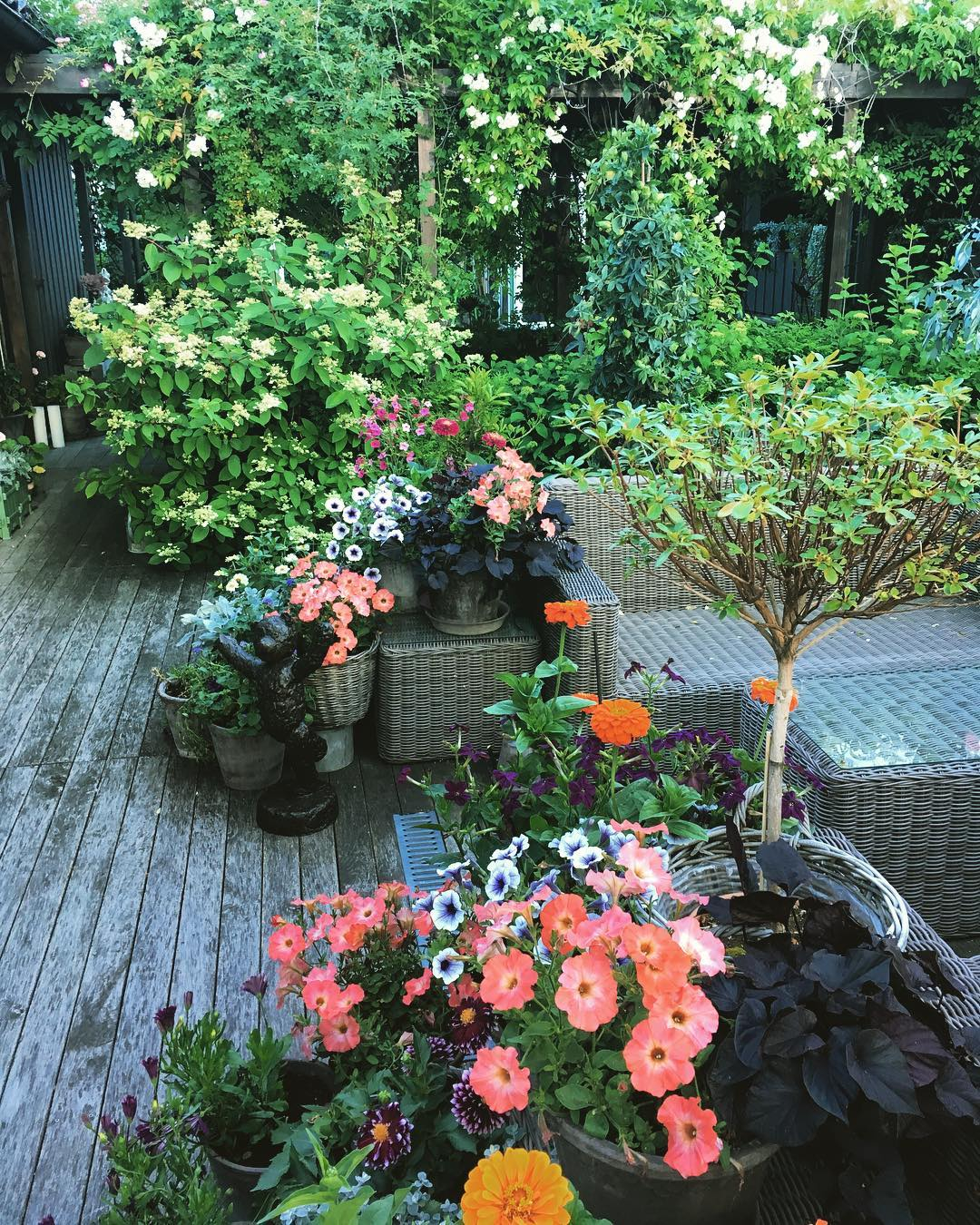
There are two sides to the annual plant set. Each of the sets has completely varied plants that make it look balanced. The colors are varied and the shapes are also in different types. The mix and match of this arrangement can be a good reference for you. Annual Plant Garden from @finnschjoll
3. Design Your Layout
Decide on a color palette. Complementary colors (like purple and yellow) create a striking effect, while analogous colors (like red, orange, and yellow) offer a harmonious look. We recommend you use taller plants as backdrops and shorter ones in the foreground. Consider the bloom time to ensure continuous color throughout the season.
Planting Your Annuals
Planting annuals is relatively straightforward, but timing and technique are crucial for success.
1. Prepare the Soil: Clear the area of weeds and debris. Add compost or organic matter to improve soil structure and fertility.
2. Plant at the Right Time: Plant after the last expected frost date in your area. Check local guidelines for specific dates. Follow the spacing recommendations on the plant tags to ensure each plant has enough room to grow.
3. Water and Mulch: Water thoroughly after planting and keep the soil consistently moist until the plants are established. Apply a layer of mulch to retain moisture, suppress weeds, and regulate soil temperature.
Caring for Your Annuals
Proper care will keep your annuals healthy and blooming all season. Water regularly, especially during dry spells. Most annuals need about 1 inch of water per week. Water at the base of the plants to avoid wetting the foliage, which can lead to disease. For fertilization, you can use a balanced, water-soluble fertilizer every 4-6 weeks to support vigorous growth and abundant blooms.
Then, do the deadheading and pruning to let the annuals grow well. Remove spent flowers to encourage more blooms and prevent the plant from setting seed. Trim back leggy growth to maintain a tidy appearance and promote bushier growth.


